Reflecting on Merano Cathedral
What’s so intriguing about Merano Cathedral? This Gothic hall church, dedicated to St. Nicholas, stands proudly on the market square just south of the Alps. Let me share three highlights that capture its unique allure.
I’m not religious, but churches like Merano Cathedral fascinate me as cultural and historical monuments, each with its own story etched into stone and glass. This grand Gothic structure sits at the end of Laubengasse, a massive presence from a time long before wellness spas or apple strudel made Merano famous. Built with striking yet subtle details, the cathedral invites close inspection.
Dating back to 1302, construction on Merano Cathedral spanned two centuries, a testament to the town’s ambition, aspirations, and deep piety. Nestled in the market square, the cathedral would have immediately impressed travelers and traders. They’d have seen a towering stone marvel that dwarfed the now-vanished clay and timber houses of old Merano. The cathedral was a cutting-edge creation for its time, incorporating the latest architectural innovations: ribbed vaults, pointed arches, blind arcades, and small pinnacles—a quintessential Gothic hall church, complete with all the defining Gothic elements.
Yet Merano Cathedral holds a few remarkable surprises that set it apart.
Headstones in the Façade
Flanking the main door, the cathedral’s façade features an unusual ‘decoration’: built-in headstones. It seems some influential figures wanted to ensure their presence was felt by embedding their tombstones directly into the house of worship. Not content with memorials inside, they opted for a more audacious display, greeting passersby from the entrance itself—a bold choice for eternal remembrance.
A Frescoed Exterior
The exterior walls of Merano Cathedral are adorned with vibrant frescoes, a hallmark I haven’t encountered in churches further south in Italy. I may not have a scholar’s grip on Biblical narratives, but the giant fresco facing the marketplace could easily depict Saint Christopher helping children cross a river. This lively scene, painted in verdigris, yellow, and carmine, brings vivid color to the façade, adding an artistic touch that, while less grand than Italy’s famed masterpieces, is still undeniably charming.
St. Nicholas with an Unusual Gesture
A small alcove in the façade houses a slim, saintly figure dressed in mitre and crosier—presumably St. Nicholas. What captivates me most, though, is his hand gesture. His index finger points upward in what could signify admonishment, victory, or perhaps an early gang-like sign of faith. With such bold body language, St. Nicholas hardly needs his traditional purse.
And speaking of tradition, I’m reminded not to leave Laubengasse without lingering a bit, perhaps to pick up some speck and grappa from the Germanic shops nearby—a small memento of Merano’s captivating blend of history, art, and culture.
This blog post was last revised and updated with new images in October 2024

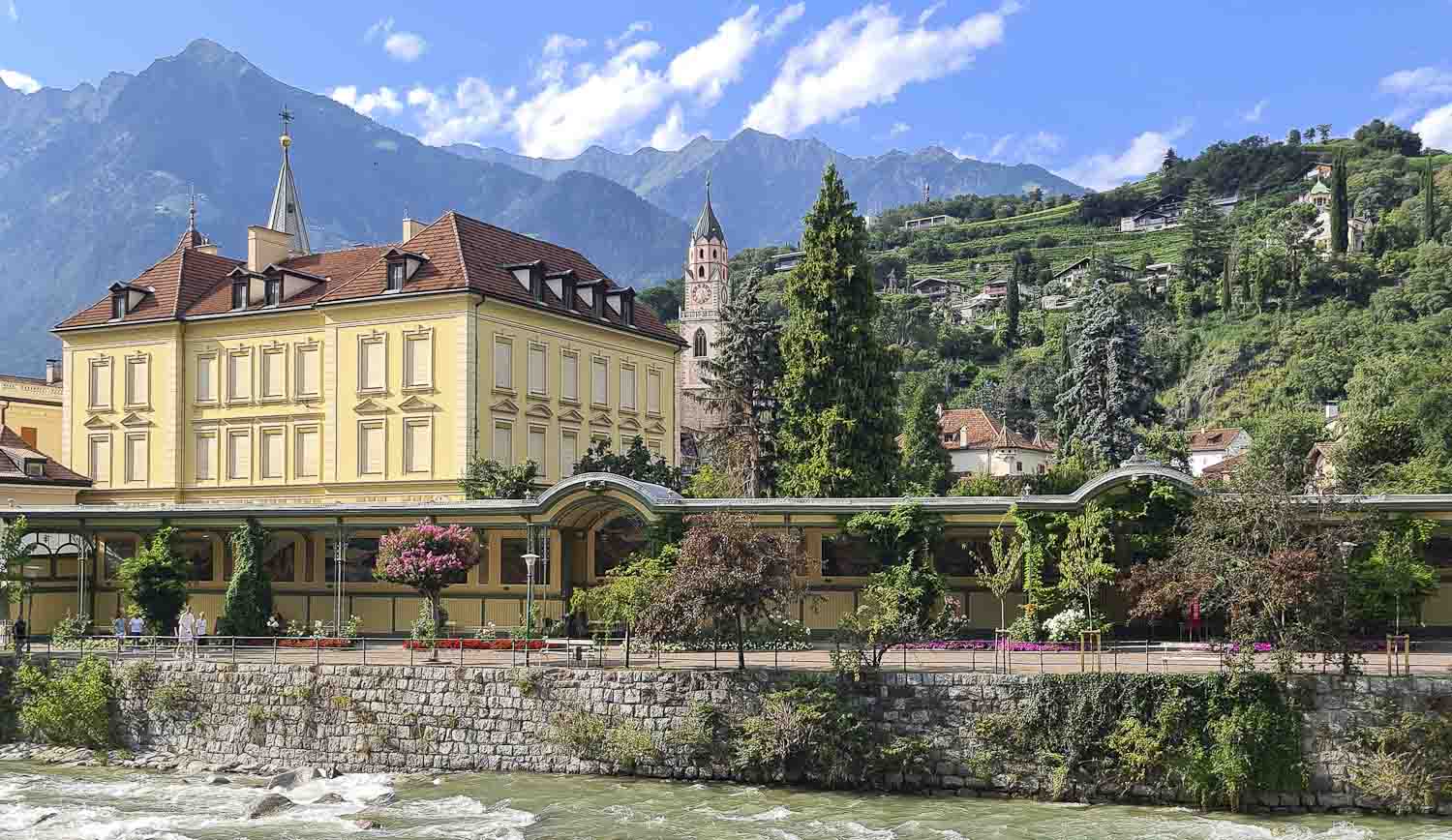
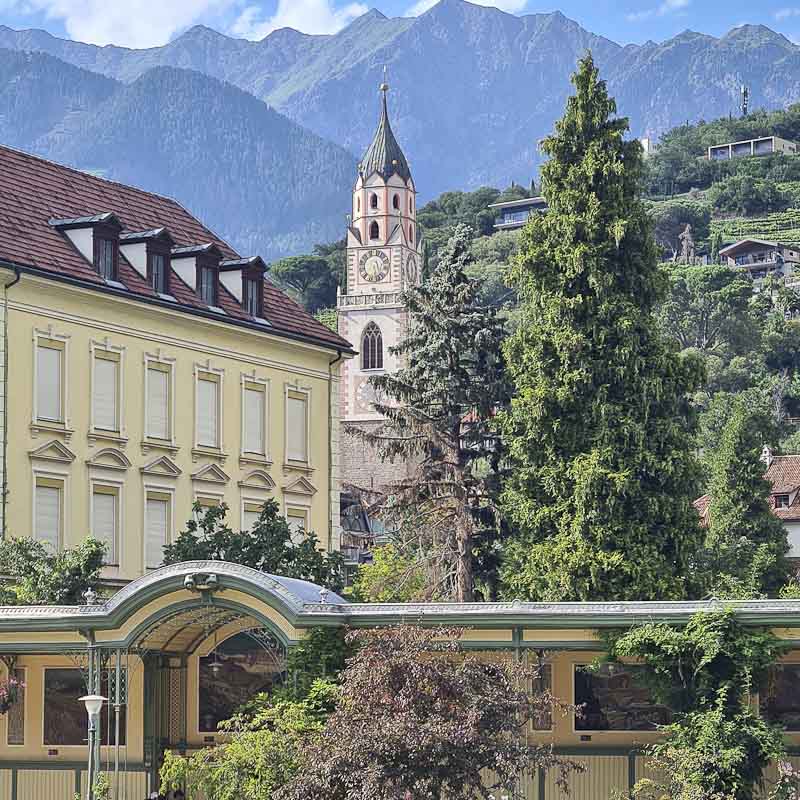
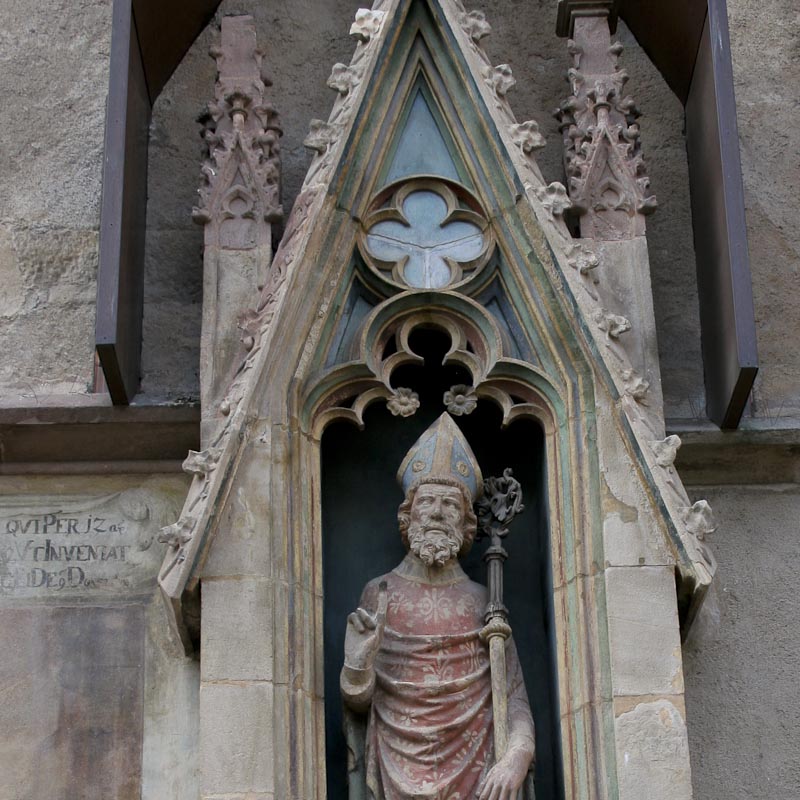
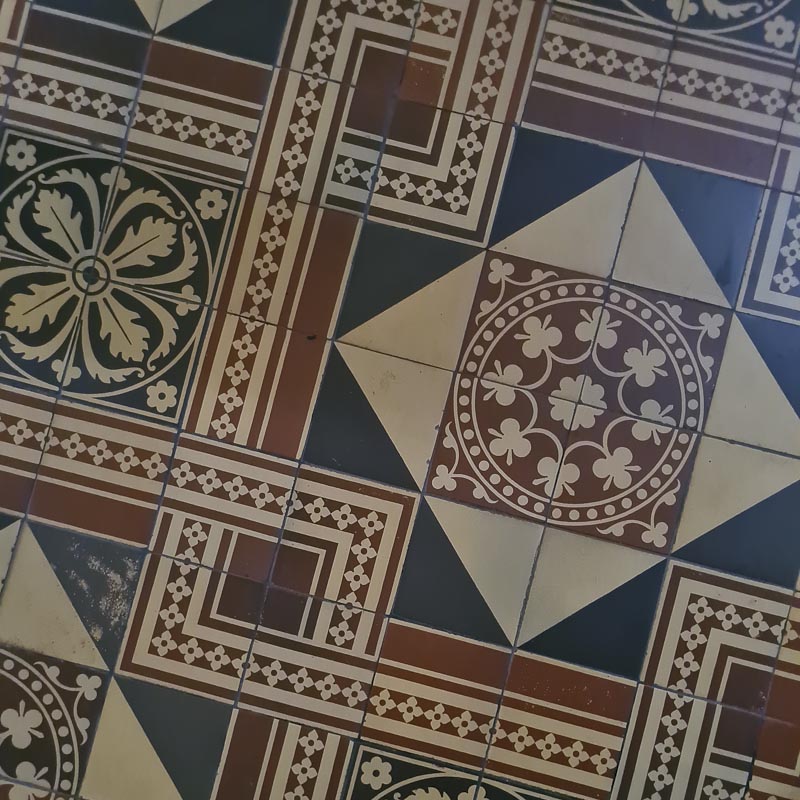

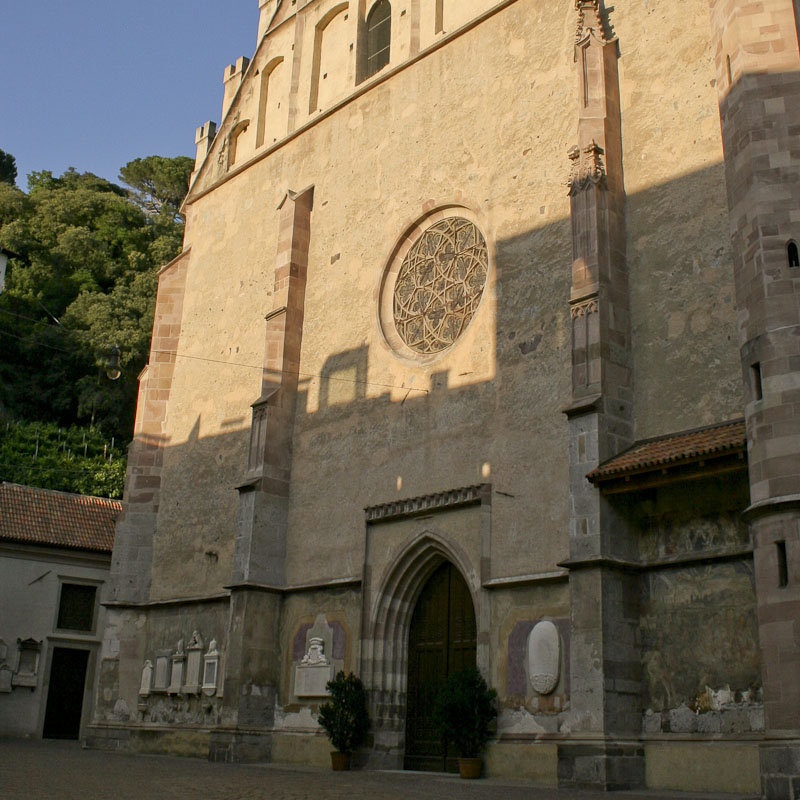
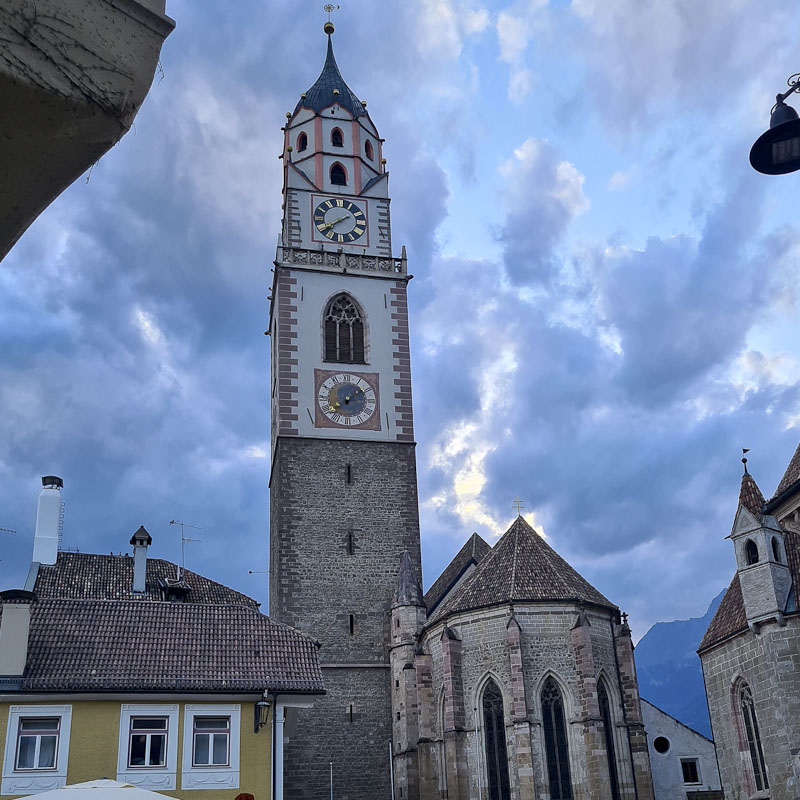
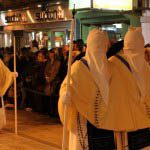
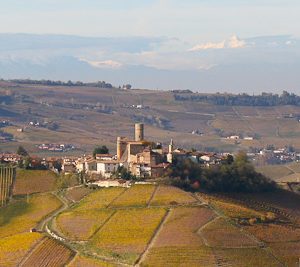
Leave a Reply
Want to join the discussion?Feel free to contribute!